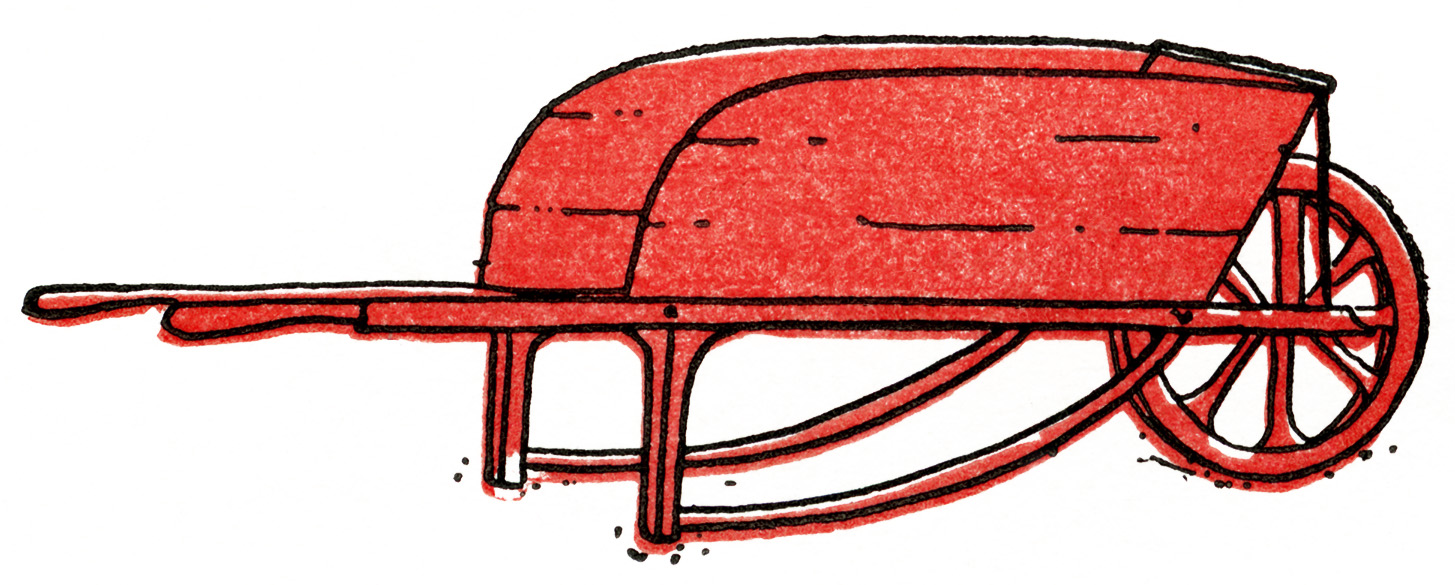The Forgotten Man Behind William Carlos Williams’s ‘Red Wheelbarrow’
 image from cliparts.co
image from cliparts.co
For decades, much has depended on his red wheelbarrow, streaked with rain, next to some white chickens, even if no one has known — or perhaps even wondered — exactly who he was.
But now, the owner of the humble garden tool that inspired William Carlos Williams’s classic poem “The Red Wheelbarrow” will finally get his due.
On July 18, in a moment of belated poetic justice, a stone will be laid on the otherwise unmarked grave of Thaddeus Marshall, an African-American street vendor from Rutherford, N.J., noting his unsung contribution to American literature.
“When we read this poem in an anthology, we tend not to think of the chickens as real chickens, but as platonic chickens, some ideal thing,” William Logan, the scholar who recently discovered Mr. Marshall’s identity, said in an interview.
The discovery doesn’t change the meaning, he said, but “knowing there was a man with a particular wheelbarrow and some chickens does help us understand the world the poem was embedded in.”
Williams’s 16-word poem, first published in 1923, was hailed as a manifesto of plain-spoken American modernism. Williams himself declared it “quite perfect.” A staple of classrooms and anthologies, it has inspired endless debates about its deeper meaning — how much of what, exactly, depends on the red wheelbarrow? — not to mention provided the name of an English-language bookstore in Paris, a craft beer from Maine and an episode of “Homeland.”
But Mr. Logan, a professor at the University of Florida who has contributed to The New York Times Book Review, may have taken the poem’s fullest measure yet. His roughly 10,000-word essay on the poem, published in the most recent issue of the literary journal Parnassus and titled simply “The Red Wheelbarrow,” considers the poem from seemingly every conceivable angle.
